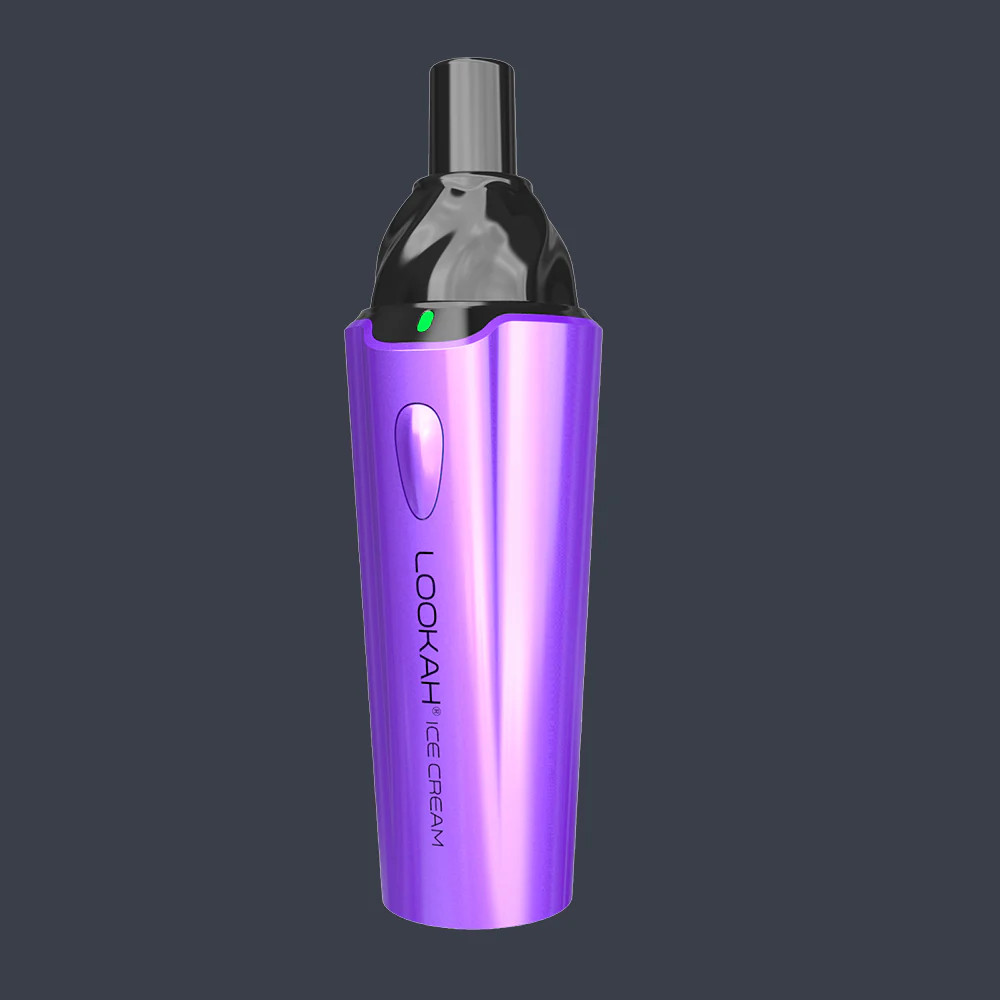When it comes to safeguarding your brand, trademark registration is an essential step that no business owner can afford to overlook. In today’s digital era, the process of registering a trademark has transitioned online, providing entrepreneurs with accessible, efficient, and typically more affordable options. For this reason, using an online trademark registration platform can greatly simplify the complexities inherent in the trademark registration process. Here’s a comprehensive guide to understanding, selecting, and navigating these platforms for successful trademark registration.
1. Understanding Online Trademark Registration
a. What is Trademark Registration?
Trademark registration is the legal process of securing exclusive rights to a mark—be it a name, logo, slogan, or other identifiers—that distinguish goods or services provided by a business. This registration is granted by a relevant authority, which varies by region, but in the United States, it’s overseen by the United States Patent and Trademark Office (USPTO).
When a trademark is registered, the owner receives legal protection against unauthorized use of the trademark by others. This safeguards the owner’s brand identity and market position, thereby reinforcing brand loyalty and consumer recognition.
b. Benefits of Registering Your Trademark
Registering a trademark offers numerous advantages:
- Exclusive Rights: It grants the owner exclusive rights to use the trademark in commerce, preventing others from using a similar mark that could confuse consumers.
- Legal Presumption: A registered trademark provides nationwide legal presumption of ownership, significantly bolstering the enforcement of rights in case of infringement.
- Brand Recognition: A registered trademark enhances the credibility of your brand, helping to build consumer trust.
- Asset Value: Trademarks can be valuable business assets. They can increase in value over time and can be sold or licensed.
- Notice to Others: Registration serves as public notice of the trademark rights, helping to deter potential infringements.
c. Legal Framework Surrounding Trademarks
The legal framework for trademark registration in the U.S. is primarily governed by the Lanham Act. This law outlines the regulations for federal trademarks, covering the application process, rights of trademark owners, and the penalties for trademark infringement. Understanding this legal framework is vital for anyone looking to navigate the trademark registration process effectively.
2. How to Choose an Online Trademark Registration Platform
Choosing the right online trademark registration platform is crucial for a seamless registration process. Below are essential factors to consider:
a. Key Features to Look For
When evaluating online trademark registration services, consider the following features:
- User-Friendly Interface: Opt for platforms that provide clear and straightforward navigation, minimizing the complexity of the application process.
- Comprehensive Search Tools: A good platform should offer robust trademark search tools to help identify existing trademarks comparable to yours.
- Document Preparation: Look for features that assist in preparing and filing your trademark application accurately.
- Real-Time Tracking: The ability to track your application status in real-time adds transparency and helps manage expectations.
- Customer Support: Verify the availability of customer support via chat, phone, or email to assist at any stage of the process.
b. Comparing Costs and Services
Cost can vary significantly among different online trademark registration platforms. An essential step is to compare not just the application fees but also any additional services offered. Some platforms provide bundled services, including legal consultations and trademark monitoring, which may impact the overall value. Be on the lookout for hidden fees, particularly those related to filings.
c. Evaluating Customer Support Options
Robust customer support can make a significant difference during the trademark registration process. Evaluate the availability and responsiveness of customer service options. Make sure to check reviews to gauge other users’ experiences with customer support, which is integral to resolving issues that may arise.
3. Step-by-Step Guide to Trademark Registration
The following section outlines a simple yet comprehensive process to help you navigate trademark registration effectively.
a. Conducting a Trademark Search
The very first step in registering a trademark is conducting a thorough search to ensure that your desired mark is not already in use. The USPTO provides a trademark database, where you can perform a basic search of existing trademarks. Additionally, various online trademark registration platforms offer search tools that can help identify potential conflicts.
This search phase is crucial because failing to identify existing trademarks may lead to denial of your application or potential legal disputes down the line.
b. Filling Out the Online Application
Once you have confirmed your trademark’s availability, you can proceed to fill out the trademark application. Depending on the platform, this process can often be completed within a few minutes. It generally includes:
- Owner Information: Details of the entity or person applying for the trademark.
- Trademark Details: A clear representation of the trademark, including a description of the goods/services it will be used in connection with.
- Filing Basis: You may need to select a filing basis, which indicates whether the trademark is already in use or intended for future use.
Accuracy is vital at this stage; double-check for mistakes that could delay your application. Some platforms provide error-checking features that alert you to common mistakes.
c. Submitting and Following Up on Your Application
After submitting your application, it’s important to monitor its status closely. A reputable online trademark registration platform should provide you with updates throughout the process, including notifications for approvals and potential issues. The review process typically takes several months, depending on the volume of applications the USPTO is handling.
If feedback is received regarding your application, it can result in additional work, such as a request for clarifications or modifications. At this point, you can either address the USPTO’s concerns or consider legal assistance, especially if complications arise.
4. Common Challenges in Trademark Registration
Understanding the challenges you may face during trademark registration can prepare you better for the process.
a. Overcoming Rejection Issues
Common reasons for trademark application rejection include:
- Similarity to Existing Trademarks: Applications may be rejected if the trademark sounds or looks similar to an existing trademark in the same industry.
- Descriptiveness: Trademarks that simply describe the goods/services offered are likely to be rejected.
- Failure to Indicate Trademark Use: In some cases, demonstrating actual use of the trademark is necessary for approval.
To overcome these challenges, performing a comprehensive search ahead of applying and ensuring that your chosen trademark is distinctive can help mitigate risks.
b. Understanding Trademark Classifications
Trademarks are categorized into several classes based on the type of goods or services provided. Understanding these classifications is imperative, as they determine the scope and protection of your trademark rights. The Nice Classification, an international system, is commonly used for trademark filings. As such, familiarize yourself with the relevant class numbers applicable to your goods/services. This understanding will also assist you in conducting a thorough trademark search.
c. Dealing with Potential Infringement
Trademark infringement occurs when a third party uses a mark that is identical or confusingly similar to your registered trademark, potentially leading to confusion among consumers. Monitoring your trademark’s usage in the marketplace is crucial to detect any unauthorized use. Many online platforms offer monitoring services that can alert you to potential infringements.
In the event infringement is detected, it is typically recommended to consult with a trademark attorney to explore legal options and remedies available to you.
5. Case Studies: Successful Trademark Registrations
Analyzing successful trademark registrations can provide insights and inspiration for your own trademark journey.
a. Analyzing Existing Successful Brands
Many well-known brands have effectively leveraged their trademarks to build powerful market identities. For example, Apple Inc. has successfully trademarked not only its name but also its logo and specific product names, setting clear legal boundaries against imitators.
Another example is Coca-Cola, which has registered various trademarks for its brand names and product logos, ensuring its market presence is robust and legally protected.
b. Lessons Learned from Trademark Registration Experiences
From various case studies, a few key lessons emerge:
- Be Proactive: Early registrations can safeguard your rights against future claims.
- Significance of Monitoring: Consistent monitoring of your trademark enhances protection against unauthorized use.
- Seek Professional Help: When in doubt, consulting with a trademark attorney can provide clarity and enhance your registration success.
c. Tips for Future Applicants
For entrepreneurs and business owners considering trademark registration, here are some actionable tips:
- Choose a Strong Trademark: Select a unique trademark that can stand out distinctly in the marketplace.
- Start Early: Begin your trademark search early in the branding process to avoid potential conflicts.
- Keep Documentation Handy: Maintain records of all trademark usage and registration activities for future reference.
With the right preparation, understanding, and a reliable online trademark registration platform, navigating the trademark registration process can be a straightforward yet invaluable investment for your brand’s future. Following the outlined strategies and understanding online options available sets the stage for strong motivation and brand protection.















Leave a Reply